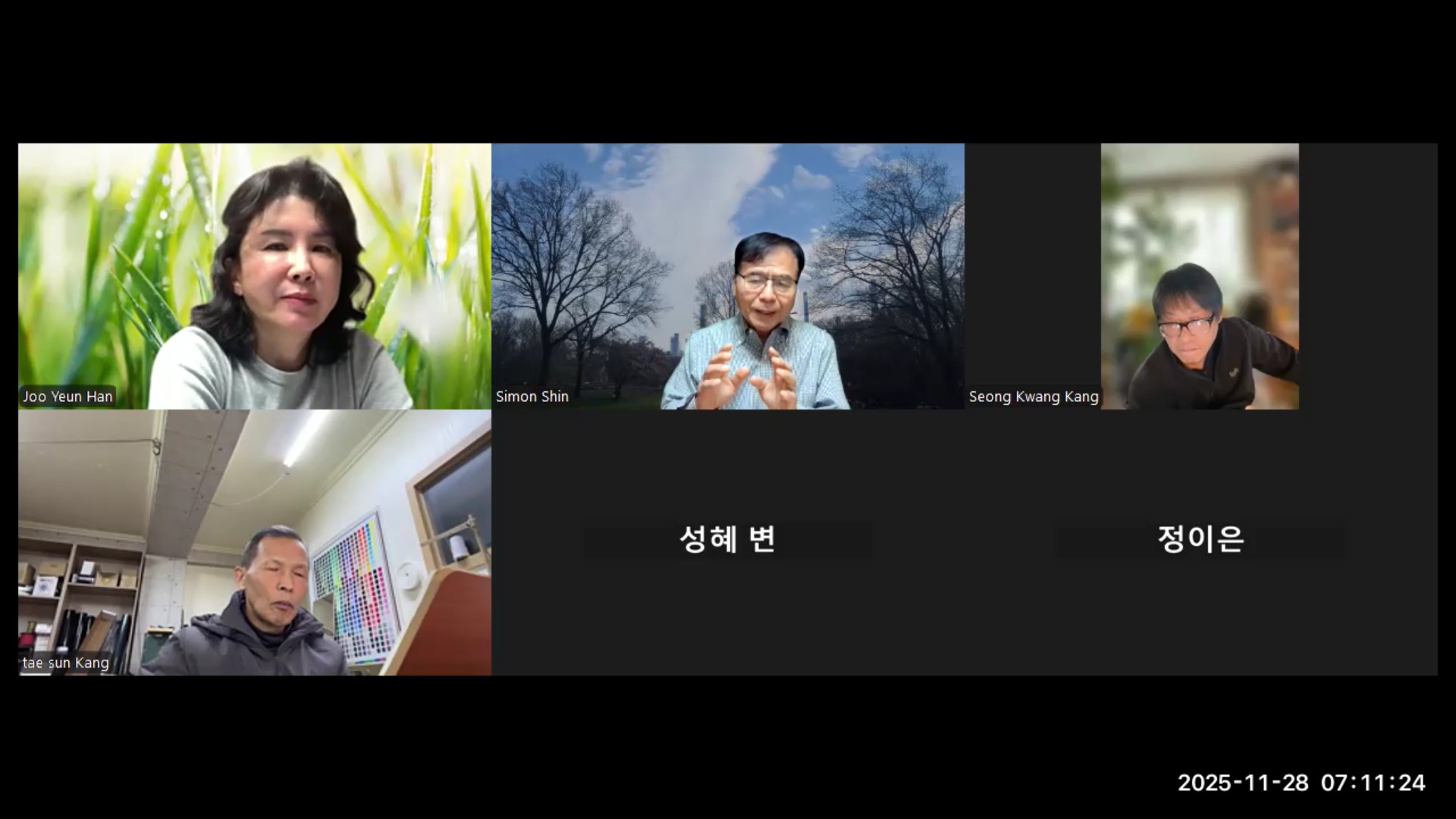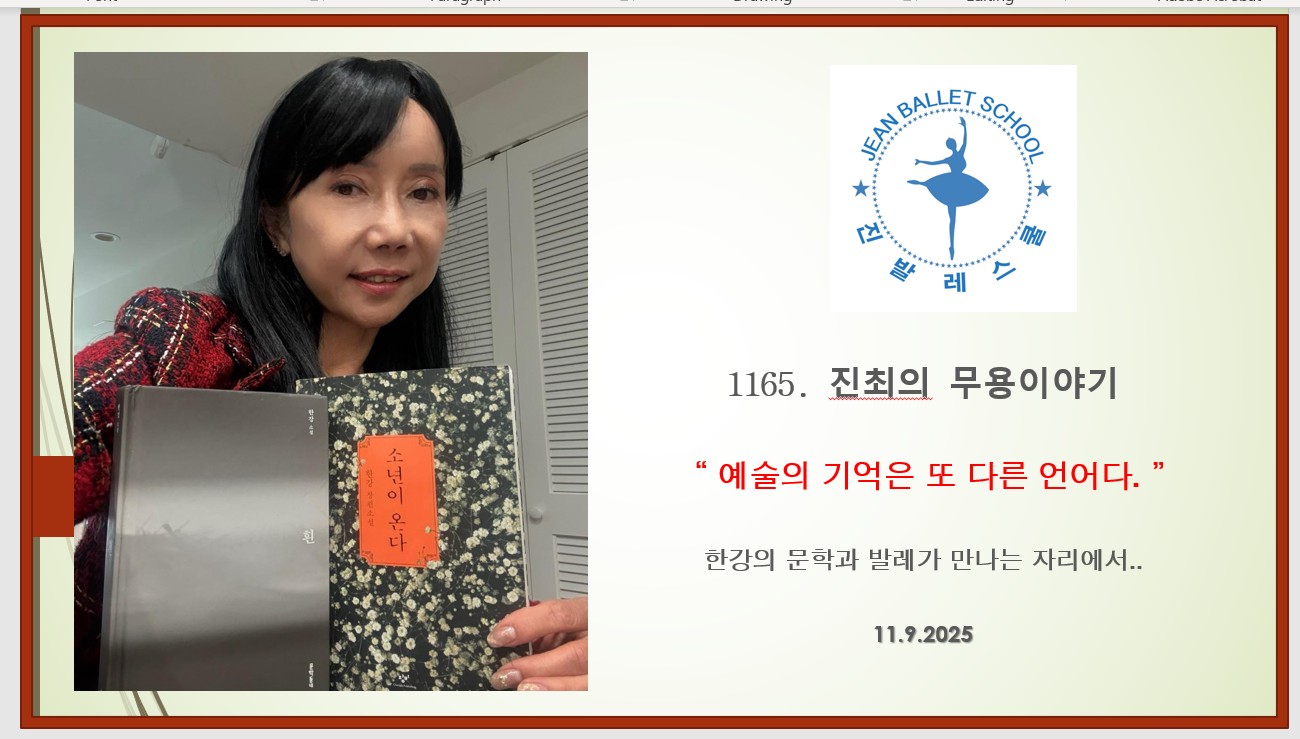- [안드로이드] 스키마를 이용하여 액티비티 호출하기! Custom Url Scheme!117392017.08.06
- [iOS][iPhone][ObjectC-03] 오브젝트 C 기본 문법 Implementation, Instantiation19652017.08.07
- [iOS][iPhone][ObjectC-04] 오브젝트C로 추상클래스를 구현하자! Protocol!19672017.08.07
- [안드로이드] ADB 명령어 모음25002017.08.07
- 과일주스 1세 이전에는 마시게 하지 마세요19062017.08.05
[iOS][iPhone][ObjectC-04] 오브젝트C로 추상클래스를 구현하자! Protocol!
2017.08.07
안녕하세요 푸민입니다.
저번 포스팅까지 오브젝트 C의 기본적인 문법에 대해서 알아보았는데요.
이번 포스팅은 Protocol입니다.
위키 원본
Protocols[edit]
In other programming languages, these are called "interfaces".
Objective-C was extended at NeXT to introduce the concept of multiple inheritance of specification, but not implementation, through the introduction of protocols. This is a pattern achievable either as an abstract multiple inherited base class in C++, or as an "interface" (as in Java and C#). Objective-C makes use of ad hoc protocols calledinformal protocols and compiler-enforced protocols called formal protocols.
An informal protocol is a list of methods that a class can opt to implement. It is specified in the documentation, since it has no presence in the language. Informal protocols are implemented as a category (see below) on NSObject and often include optional methods, which, if implemented, can change the behavior of a class. For example, a text field class might have a delegate that implements an informal protocol with an optional method for performing auto-completion of user-typed text. The text field discovers whether the delegate implements that method (via reflection) and, if so, calls the delegate's method to support the auto-complete feature.
A formal protocol is similar to an interface in Java, C#, and Ada 2005. It is a list of methods that any class can declare itself to implement. Versions of Objective-C before 2.0 required that a class must implement all methods in a protocol it declares itself as adopting; the compiler will emit an error if the class does not implement every method from its declared protocols. Objective-C 2.0 added support for marking certain methods in a protocol optional, and the compiler will not enforce implementation of optional methods.
A class must be declared to implement that protocol to be said to conform to it. This is detectable at runtime. Formal protocols cannot provide any implementations; they simply assure callers that classes that conform to the protocol will provide implementations. In the NeXT/Apple library, protocols are frequently used by the Distributed Objects system to represent the capabilities of an object executing on a remote system.
자 그러면 한번 볼까요?
오브젝트 C에서 말하는 Protocol 은 우리가 흔히 알고 있는 Interface 와 같은 개념입니다.
즉 여러가지 추상 클래스를 기본 클래스에 적용하여 구현할 수 있는개념입니다!
객체 지향 언어의 특징이죠!
왜 저렇게 길게 설명하는지 모르겠삼... ㅋㅋㅋㅋ
그러면 실제 문법을 알아볼까요?
@protocol NSLocking - (void)lock; - (void)unlock; @end
먼저 이렇게 Protocol 을 정의합니다.
Protocol 의 이름은 NSLocking 이 되구요.
NSLocking 프로토콜이 가지고 있는 추상메소드는 lock 과 unlock 이 있습니다!
간단하지요???
그다음에 적용을 하는 방법은
@interface NSLock : NSObject <NSLocking> //... @end
요렇게 NSObject(superclass 이름) 옆에 <>괄호는 이용하여 추가해줍니다!
물론 한가지만 추가되는 것이 아니라 여러가지를 추가해도 되요!
그렇게 추가한 뒤에는 내부에 추상 메소드를 구현할 수 있습니다!
이번 포스팅에서는 추상 클래스 Protocol을 알아보았습니다!!
모두들 즐코딩되세요~








 프로이트의 이론에 대한 종합적 평가
프로이트의 이론에 대한 종합적 평가
 고환율시대,한국꽃배달 바로 하세요.
고환율시대,한국꽃배달 바로 하세요.
 431." 예술의 기억은 또 다른 언어다. " 한강의 문학과 발레가 만나는 자리에서..
431." 예술의 기억은 또 다른 언어다. " 한강의 문학과 발레가 만나는 자리에서..
 [내 마음의 隨筆] 부모님의 유산
[내 마음의 隨筆] 부모님의 유산
 이렇게 적그리스도 세력인 딥스테이트를 비밀리에 처리 하니까 트럼프가 암살 위협에 처해 있습니다.
이렇게 적그리스도 세력인 딥스테이트를 비밀리에 처리 하니까 트럼프가 암살 위협에 처해 있습니다.
 최고의 FX 솔루션 임대 | 카카오솔루션의 맞춤형 FX 거래 플랫폼
최고의 FX 솔루션 임대 | 카카오솔루션의 맞춤형 FX 거래 플랫폼
 2026년 미국 부동산 시장, 지금이 기회인 이유
2026년 미국 부동산 시장, 지금이 기회인 이유
 네부탈(Nembutal), 펜토바르비탈나트륨(Pentobarbital Sodium) 온라인 구매
네부탈(Nembutal), 펜토바르비탈나트륨(Pentobarbital Sodium) 온라인 구매
 E-2 비즈니스 모델의 변화 – 프랜차이즈 시대의 종말?
E-2 비즈니스 모델의 변화 – 프랜차이즈 시대의 종말?
 최고의 FX 솔루션 임대 | 카카오솔루션의 맞춤형 FX 거래 플랫폼
최고의 FX 솔루션 임대 | 카카오솔루션의 맞춤형 FX 거래 플랫폼
